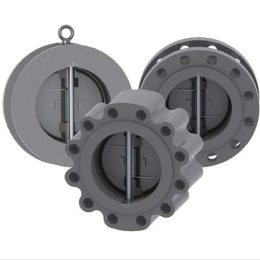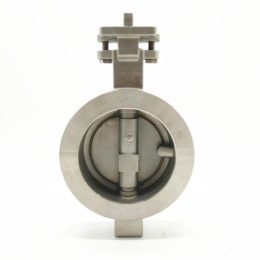Gate Valves Can Be Classified In Two Ways
Gate valves can be classified based on their stem structure and the structure of the gate.
Stem Structure
- Rising stem gate valve: The stem nut is located on the bonnet or bracket. It works by rotating the stem nut to lift the stem, which in turn opens or closes the gate. This structure facilitates the lubrication of the valve stem, and the degree of opening and closing is evident, which is why it is widely used.
- Dark stem gate valve: The stem nut is in direct contact with the medium and is located inside the valve body. The valve stem is opened or closed by rotating it.
Gate Structure
- Parallel gate valve: The sealing surface is parallel to the vertical centerline, i.e., a gate valve with two parallel sealing surfaces.
- Wedge gate valve: The sealing surface is at a certain angle to the vertical centerline, i.e., the two sealing surfaces are wedge-shaped gate valves.
Gate valves are commonly used in many industrial applications. They are known for their tight shutoff and high durability. They are used in pipelines, refineries, power plants, and other similar applications where an effective and reliable valve is required.
Rising stem gate valves are preferred over dark stem gate valves as they facilitate lubrication of the valve stem. The parallel gate valve is easier to manufacture than the wedge gate valve, but the latter is known for its superior sealing and is often used in high-pressure and high-temperature applications.
Gate valves should be selected based on their intended application to ensure that they work efficiently and effectively.
Conclusion
In conclusion, gate valves are an essential component of many industrial applications. They can be classified based on their stem structure and gate structure. Rising stem gate valves and wedge gate valves are preferred in many applications. It is important to select the right type of gate valve for a given application to ensure optimal performance.
- How to choose electric valve and pneumatic valve
- Analysis of Common Problems of Regulating Valve
- Materials selected for each part of the valve
- Insights on Metal-Seated Trunnion Ball Valves: 10 Must-Knows
- Segment Ball Valve: Applications and Advantages in Fluid and Gas Control Industries
- Basket Strainer



